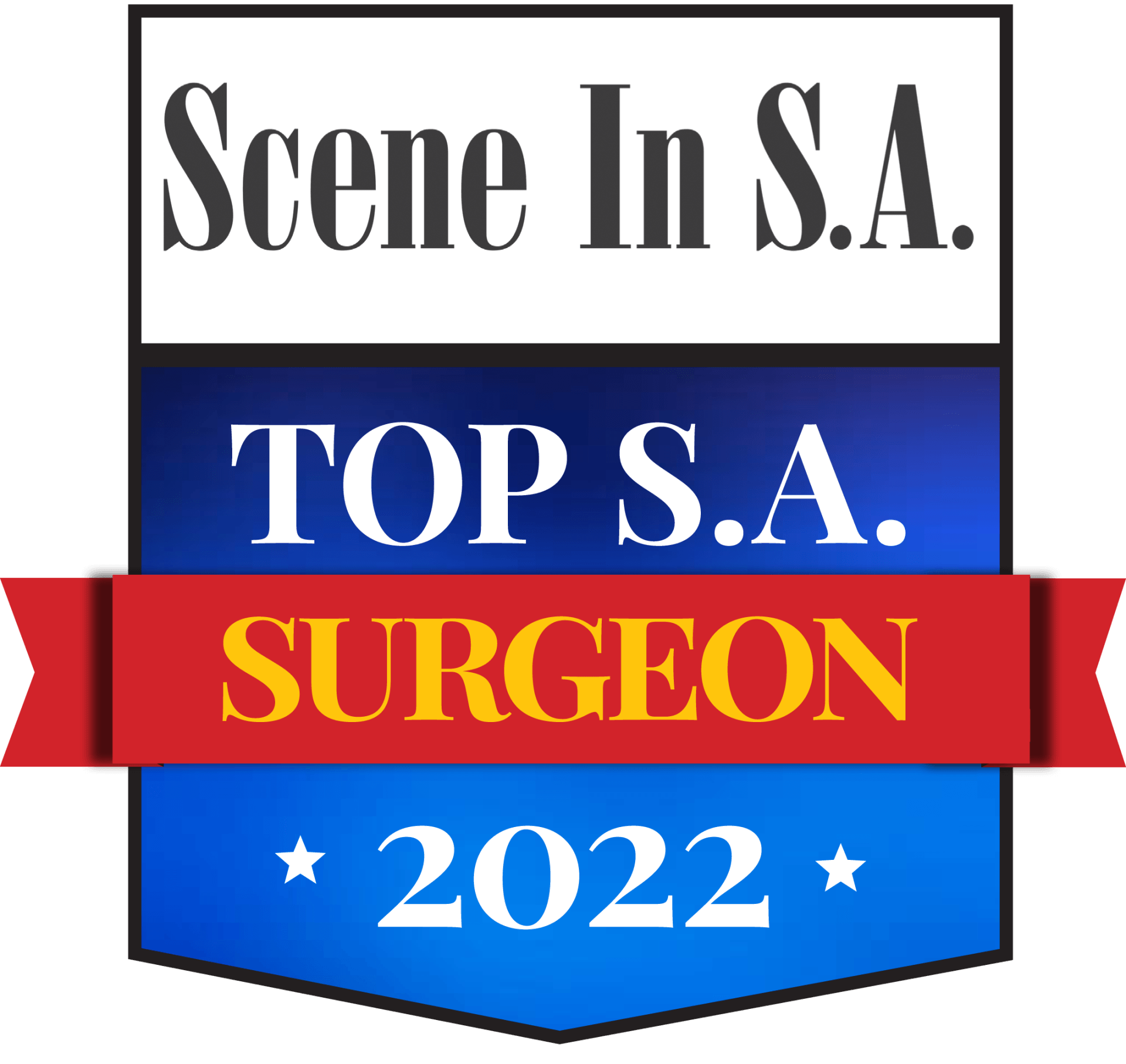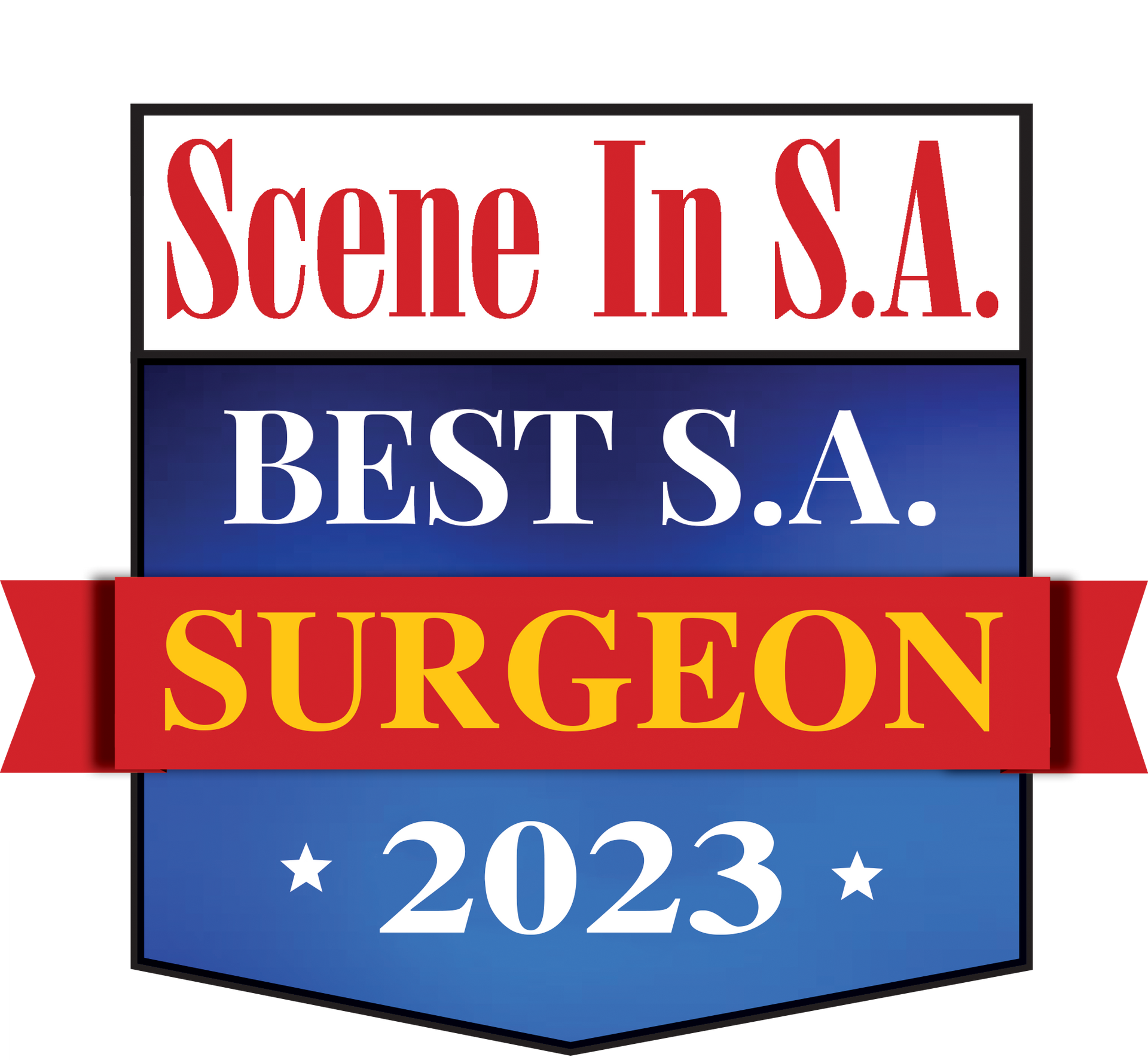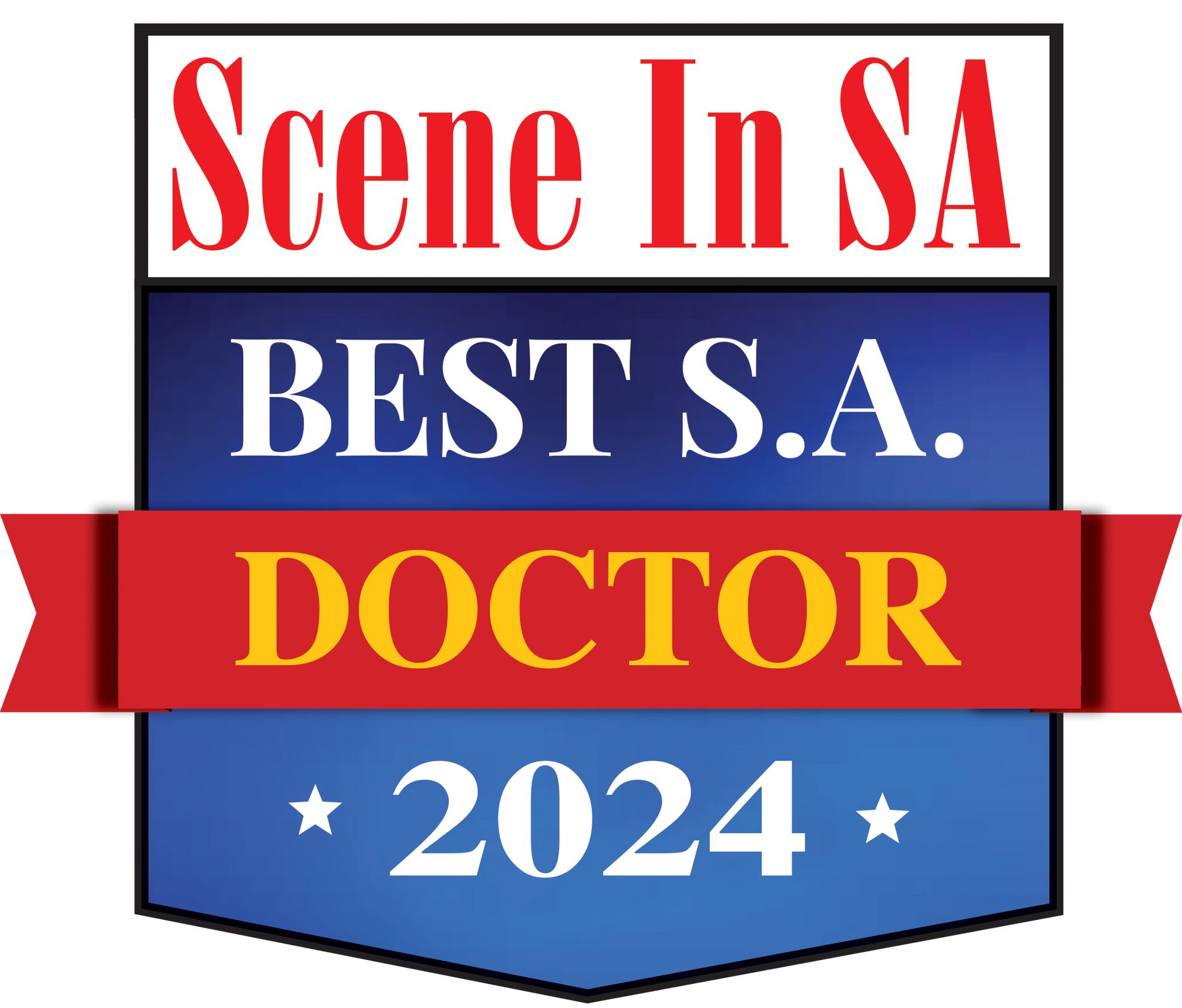VEIN PROBLEMS
As a fellowship trained skin surgeon, Dr. Sorace has extensive experience in the diagnosis and treatment of venous disease of the legs.
He has experience in both medical treatments for venous disease as well as the latest techniques in sclerotherapy, venous ablation, and varicose vein removal.
When most people think of venous disease they think of varicose veins and spider veins. However these are only a small portion of all patients with venous disease. Another way to think of venous disease is what people may call “poor circulation.”
“Poor circulation” in the legs can cause a wide array of problems in addition to varicose veins.
You may suffer from venous disease if you have any of these symptoms:
- Varicose Veins
- Spider Veins
- Leg Swelling
- Tired aching legs
- Leg ulcers
- Skin changes on the legs
- Restless legs at night
Dr. Sorace specializes in evaluating each individual patient’s own set of issues and creating a treatment plan specially designed for them.
HOW VEINS WORK
To understand how your veins work you need to understand that your entire body needs oxygen all the time. Your blood carries the oxygen your body needs to all of the muscles and organs of your body.
This is why you need blood to circulate into your legs. The blood carries the oxygen needed by your leg muscles to move. However, oxygen is quickly used up by your muscles in the legs and needs to return to your lungs to carry more oxygen.
Your leg veins normally move blood from your feet and legs back towards your heart and lungs where the blood ultimately recirculates throughout your body.
Sometimes the veins stop working correctly. When they do blood pools in your legs and causes damage to other blood vessels and tissues. When blood pools in your legs for an extended period of time, the veins in your legs can become bloated and dilated resulting in what we call “varicose veins.” Prolonged damage can lead to changes in the skin and even ulcerations.
SPIDER VEINS
Spider veins are the small red and blue veins some people have. These are often due to a problem with deeper or “feeder” veins. Spider veins can be easily treated in a variety of ways.
VARICOSE VEINS
What we call “varicose veins” are the larger protruding veins that can develop on the legs. These veins are a result of poor circulation in some portion of the vein. Varicose veins can often be removed or closed off so that they become smaller or even disappear.
VENOUS INSUFFICIENCY
The term “venous insufficiency” refers to an underlying problem of the circulation in the legs. Veins normally move blood from the legs up into the body towards the heart and lungs. If blood flows down the veins into the lower legs and feet, it is called “venous insufficiency” or “venous reflux.”
You can think of “venous insufficiency” as “bad circulation.” Bad circulation can lead to varicose veins and spider veins. Bad circulation can also lead to other significant problems such as:
- Varicose Veins
- Spider Veins
- Leg Swelling
- Tired aching legs
- Leg ulcers
- Skin changes on the legs
- Restless legs at night







